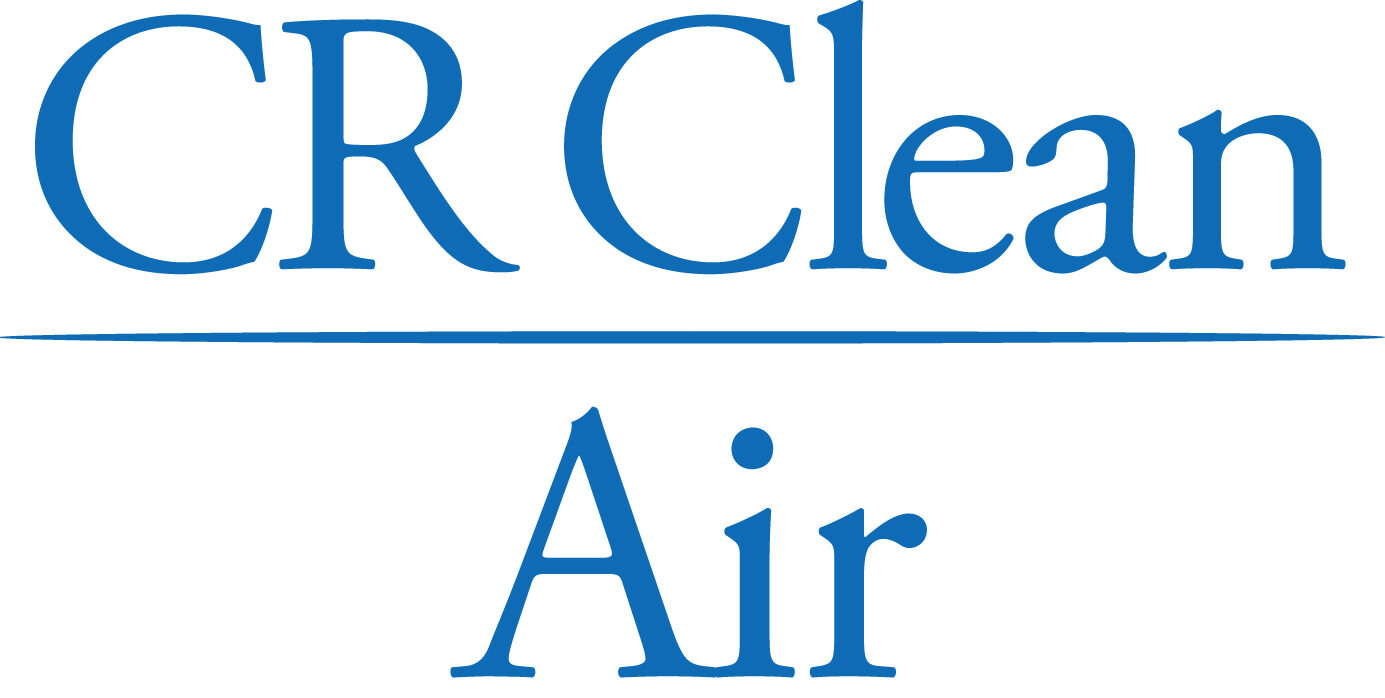H2S: Hydrogen Sulfide is most often found in the off-gases from Waste Water Treatment plants and certain Pulp and Paper processes (here along with other TRS-total reduced sulfur- compounds), Hydrogen Sulfide reacts readily with aqueous NaOH but often aqueous NaOH alone is not the preferred choice for scrubbing.
The gas discharged from WasteWater Treatment plants contain relatively low levels of H2S (as low as 5 – 20 ppmV) but significant levels of CO2. As a result, if aqueous NaOH were to be used alone, its consumption would primarily be due to its reaction with the CO2 present not the H2S. Since the CO2 removal is not required this would “waste” NaOH and be unnecessarily costly. Instead an oxidizing solution stabilized with NaOH to maintain an alkali pH is used. The H2S reacts with the oxidizer. The NaOH, used only in low concentration, does not react easily with the CO2.
The oxidizer can be sodium hypochlorite, potassium permanganate, or hydrogen peroxide. The equipment utilized is usually a Counter Current Packed Tower. Where suitable, H2S can also be treated by activated carbon impregnated with alkali solution.
Mercaptans: Whether mercaptans are released from Pulp and Paper processes with H2S and other TRS compounds or from chemical processes the typical means of removing these compounds is as described above for H2S. Alkali stabilized oxidizing solutions are used in Counter Current Packed Towers.
For those mercaptans or sulfides not readily wet scrubbed impregnated activated carbon adsorption can be effectively utilized. The activated carbon stage can follow the wet scrubber as a “polisher”.
